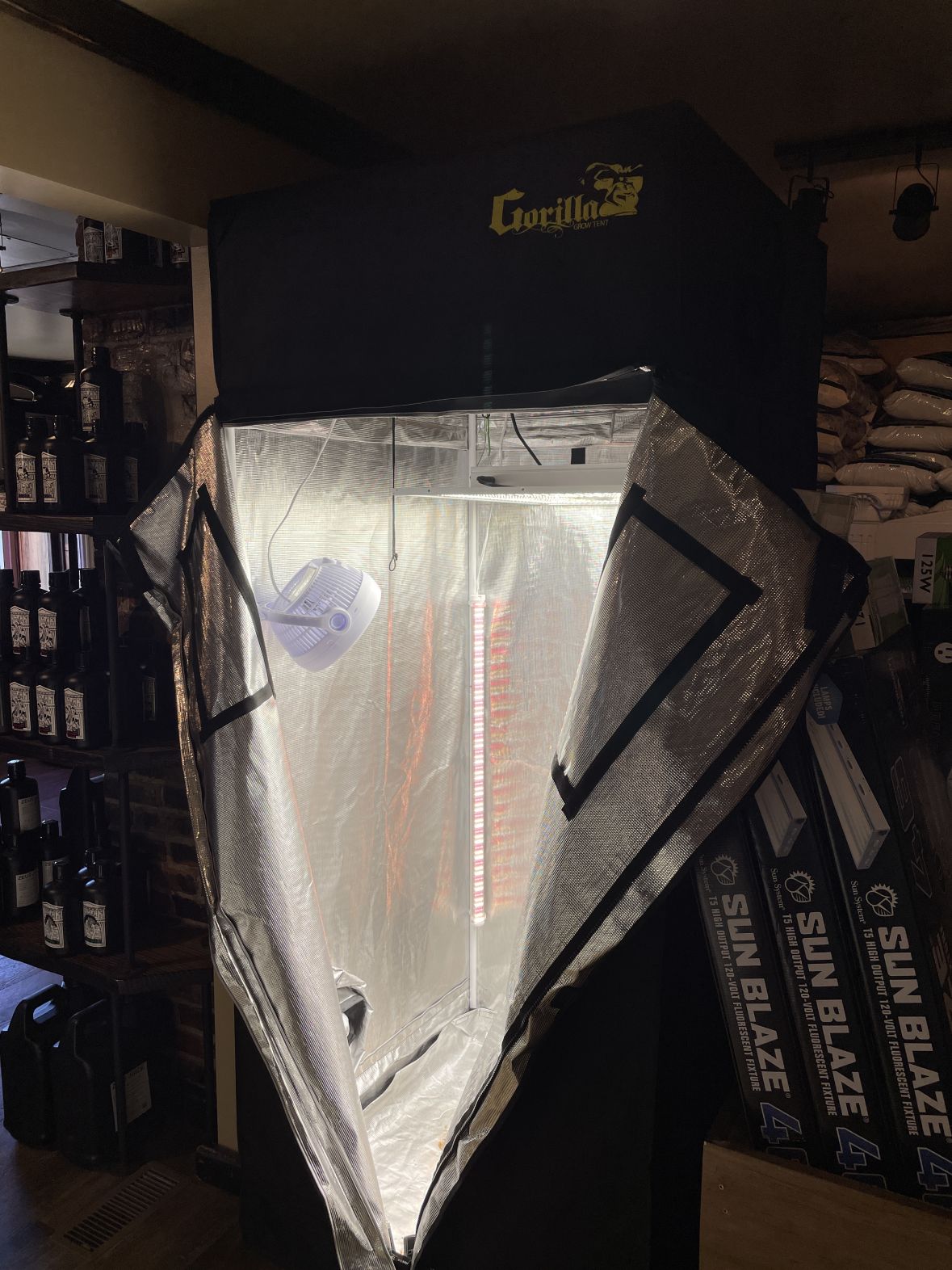Opening the Possible of Hydroponics: Comprehending Its Makes Use Of and Various Types
Hydroponics, an approach of cultivating plants without dirt, has actually gathered increasing focus for its potential to change agriculture and gardening methods. The precision control over nutrient shipment, water usage, and environmental elements provides a peek right into a future where food production can be maximized in different settings. As we browse via the detailed landscape of hydroponic systems and strategies, it becomes apparent that each approach holds unique advantages and limitations. By deciphering the varied uses and kinds of hydroponics, we can uncover a globe of opportunities that may improve exactly how we picture sustainable farming and horticulture practices.
Benefits of Hydroponic Solutions

An additional advantage of hydroponic systems is the ability to grow plants in a smaller area. Hydroponic systems reduce the danger of soil-borne illness and pests, as there is no dirt to harbor these risks.
Typical Uses in Agriculture

Offered the reliable water conservation and space-saving advantages of hydroponic systems, it is evident that these innovative agricultural approaches have located common usages in numerous industries of agriculture. The regulated atmosphere of hydroponic systems enables year-round cultivation, offering a constant supply of fresh fruit and vegetables regardless of exterior weather condition problems.
Hydroponics is commonly used for growing a range of crops, consisting of leafy environment-friendlies, tomatoes, cucumbers, herbs, strawberries, and peppers. Additionally, hydroponic systems are used in research study and educational setups to research plant growing, development, and nourishment techniques.
Discovering Different Hydroponic Techniques
Hydroponic systems offer a variety of approaches that provide to different plant kinds and growing objectives. In addition, the Ebb and Circulation system, additionally recognized as the Flood and Drain system, intermittently floodings the plant roots with nutrient service, allowing for oxygenation throughout draining durations. Each of these methods showcases the adaptability and efficiency of hydroponic systems in enhancing plant growth and yield.
Contrasting Different Hydroponic Solutions
Exploring the efficiency and yield improvement strategies in hydroponics leads us to compare different hydroponic systems readily available for plant farming. Each hydroponic system has its special features, benefits, and limitations, making it essential for growers to choose one of the most suitable system based on their particular demands and restraints.
Among the most usual hydroponic systems is the nutrient film technique (NFT), where a thin film of nutrient remedy continually flows over the plant origins. This system is prized for its water efficiency and suitability for growing leafy environment-friendlies and natural herbs. On the other hand, the deep water culture (DWC) system immerses plant origins straight into the nutrient option, offering enough oxygen and nutrients. The DWC system is relatively easy and cost-effective, making it a preferred option for novices.
One more popular hydroponic system is the ebb and circulation (or flood and drain) system, which occasionally floodings the plant origins with nutrient solution prior to draining it. This cyclic process makes certain correct aeration for the roots while providing nutrients successfully. In addition, the aeroponic system suspends plant roots airborne and hazes them with a nutrient solution, advertising rapid growth and high oxygenation levels. Cultivators seeking a functional system that decreases water use frequently opt for aeroponics. By comprehending the distinctions between these he said hydroponic systems, farmers can make enlightened choices to make best use of plant yield and high quality.
Developments in Hydroponic Technology
One vital technology is the advancement of clever hydroponic systems that make use of sensors and automation to keep track of and adjust ecological conditions such as pH degrees, nutrient focus, and light direct exposure in real-time. These systems make it possible for accurate control over expanding conditions, leading to ideal plant growth and greater crop returns.
Another significant improvement is the integration of upright farming strategies with hydroponic systems, permitting the growing of plants in piled layers. This vertical method maximizes space use, making it excellent for city environments where land schedule is limited - The Indoor Earthworm. In addition, making use of advanced LED lights systems tailored to details plant requirements has actually boosted power efficiency and enhanced growth rates in hydroponic setups
Innovations like these are driving the you could check here evolution of hydroponics, making it a sustainable and extremely appealing choice for modern agriculture.
Verdict
Finally, hydroponics provides many benefits in farming and has numerous strategies and systems that can be used to optimize its capacity. Developments in hydroponic modern technology proceed to improve performance and sustainability in food manufacturing. By comprehending the usages and different kinds of hydroponic systems, farmers and growers can unlock the complete possibility of this innovative approach of growing plants without dirt.
In addition, hydroponic systems allow for much better control over nutrient levels, pH balance, and ecological problems, leading to much healthier plants and greater returns.
